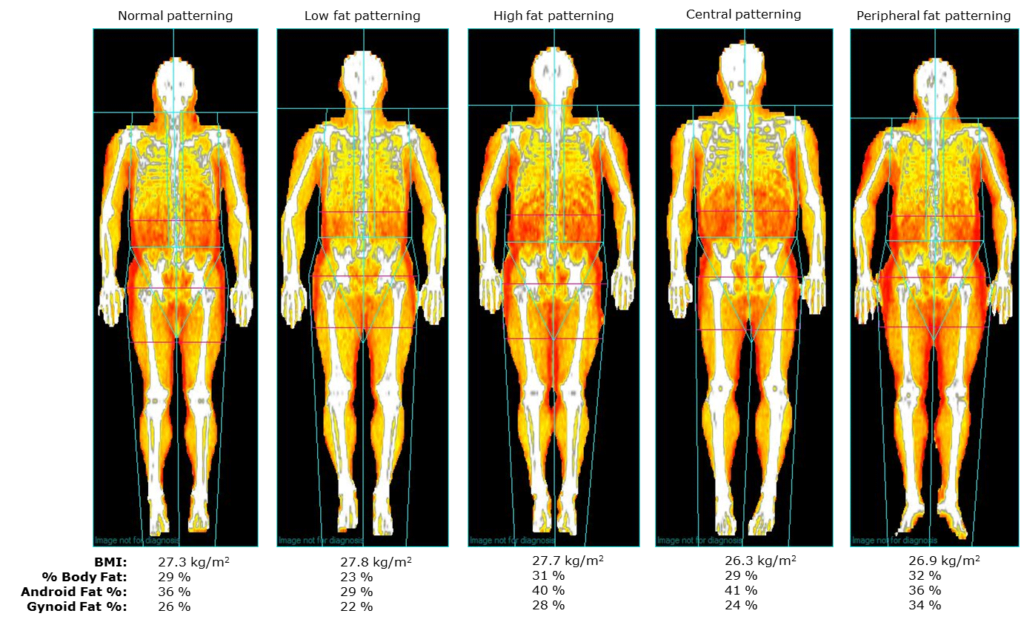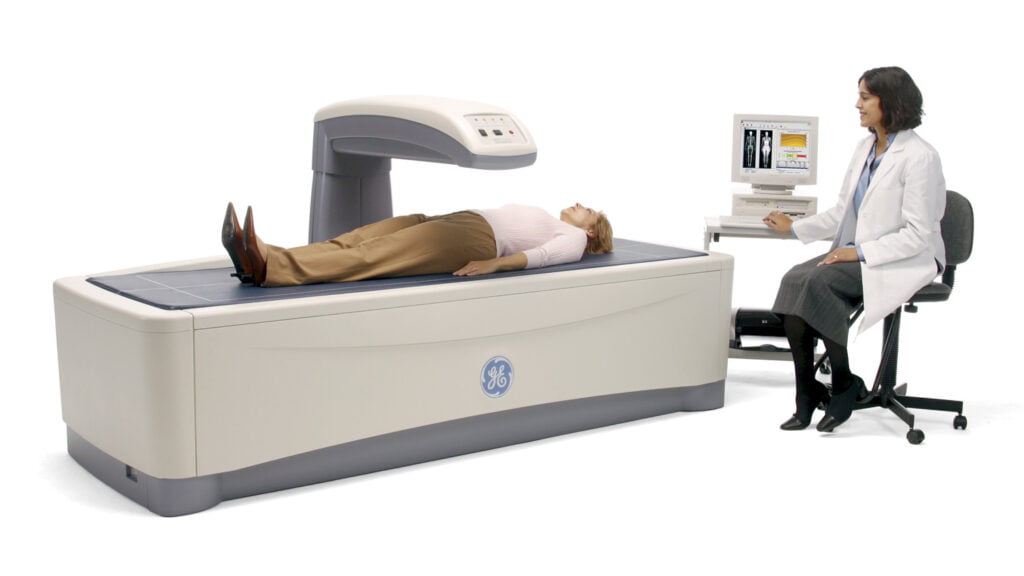Bone health is a crucial aspect of overall well-being, affecting mobility, strength, and the risk of fractures. As we age, maintaining bone density and strength becomes increasingly important. One of the most advanced and reliable methods for assessing bone health is the DEXA scan. This comprehensive guide delves into the intricacies of DEXA scans, exploring their significance, process, benefits, and the vital role they play in modern healthcare.
Understanding Bone Health
Bone health is determined by several factors, including bone density, structure, and strength. Throughout our lives, bones undergo a continuous process of remodeling, where old bone tissue is replaced by new tissue. This process is influenced by factors such as nutrition, physical activity, hormonal changes, and age. Poor bone health can lead to conditions like osteoporosis, which increases the risk of fractures and can significantly impact quality of life.
What is a DEXA Scan?
A DEXA (Dual-Energy X-ray Absorptiometry) scan is a non-invasive imaging test that measures bone mineral density (BMD). It is considered the gold standard for diagnosing osteoporosis and assessing fracture risk. The DEXA scan uses two X-ray beams with different energy levels to calculate bone density. By comparing the absorption of each beam by the bones, the scan provides precise and accurate measurements.
The Importance of DEXA Scans

DEXA scans are essential for early detection and management of bone-related conditions. They help identify individuals at risk of osteoporosis before fractures occur, allowing for timely intervention. This is particularly important because osteoporosis is often asymptomatic until a fracture happens. Early diagnosis through DEXA scans enables healthcare providers to recommend lifestyle changes, medications, and other interventions to improve bone health and reduce fracture risk.
How Does a DEXA Scan Work?
The DEXA scan process is straightforward and painless. Here’s a step-by-step overview of what to expect during a DEXA scan:
- Preparation: Patients are usually advised to avoid calcium supplements for 24 hours before the scan. Wearing comfortable clothing without metal zippers or buttons is recommended.
- Procedure: The patient lies on a padded table while the DEXA machine scans the hip and spine. The scan typically takes about 10 to 20 minutes.
- Analysis: The DEXA machine uses the data from the scan to calculate bone density. The results are compared to the bone density of a healthy young adult (T-score) and age-matched individuals (Z-score).
- Results: A radiologist or healthcare provider interprets the results. A T-score of -1.0 or above is considered normal, between -1.0 and -2.5 indicates low bone mass (osteopenia), and -2.5 or below is diagnostic of osteoporosis.
Who Should Get a DEXA Scan?

DEXA scans are recommended for various groups of people to monitor and manage bone health:
- Postmenopausal Women: Women experience a significant drop in estrogen levels after menopause, leading to rapid bone loss. DEXA scans help detect osteoporosis early in this high-risk group.
- Men Over 70: Men also experience bone loss with age, though it typically occurs later than in women. A DEXA scan can help assess bone health and fracture risk in older men.
- Individuals with Risk Factors: People with a family history of osteoporosis, those who have had fractures after minimal trauma, or individuals with medical conditions or medications that affect bone health should consider DEXA scans.
Benefits of DEXA Scans
The benefits of DEXA scans extend beyond simple bone density measurements:
- Accurate Diagnosis: DEXA scans provide precise measurements of bone density, helping to accurately diagnose osteoporosis and other bone-related conditions.
- Fracture Risk Assessment: By assessing bone density, DEXA scans help predict the risk of fractures, enabling proactive measures to prevent them.
- Monitoring Treatment Efficacy: For individuals undergoing treatment for osteoporosis or other bone conditions, DEXA scans can monitor the effectiveness of therapies and guide adjustments.
- Early Intervention: Early detection through DEXA scans allows for timely intervention, which can slow or prevent the progression of bone loss and reduce the risk of fractures.
Limitations and Considerations
While DEXA scans are highly effective, there are some limitations and considerations to keep in mind:
- Radiation Exposure: Although the radiation dose from a DEXA scan is very low, it is still a consideration, particularly for pregnant women.
- Bone Density vs. Bone Quality: DEXA scans measure bone density but do not provide information on bone quality, which also affects fracture risk.
- Cost and Accessibility: The cost of a DEXA scan may be a barrier for some individuals, and access to DEXA machines may be limited in certain regions.
Advancements in DEXA Technology
The field of bone health assessment is continually evolving, with advancements in DEXA technology enhancing its capabilities:
- Central DEXA vs. Peripheral DEXA: Central DEXA scans focus on the hip and spine, while peripheral DEXA scans measure bone density in the forearm, wrist, or heel. Central DEXA is more accurate for diagnosing osteoporosis.
- 3D DEXA Scans: Newer DEXA machines can create three-dimensional images of bones, providing more detailed information on bone structure and strength.
- Combination Scans: Some DEXA machines combine bone density measurements with other assessments, such as body composition analysis, offering a more comprehensive evaluation of overall health.
Conclusion
DEXA scans are a vital tool in the fight against osteoporosis and other bone-related conditions. By providing accurate measurements of bone density, they enable early diagnosis, effective treatment, and proactive management of bone health. As technology continues to advance, DEXA scans will play an increasingly important role in promoting bone health and preventing fractures.
Understanding the significance of DEXA scans and their role in maintaining bone health is crucial for individuals of all ages. Whether you are at risk of osteoporosis or simply want to ensure your bones remain strong and healthy, a DEXA scan is a valuable step toward achieving optimal bone health and overall well-being.





